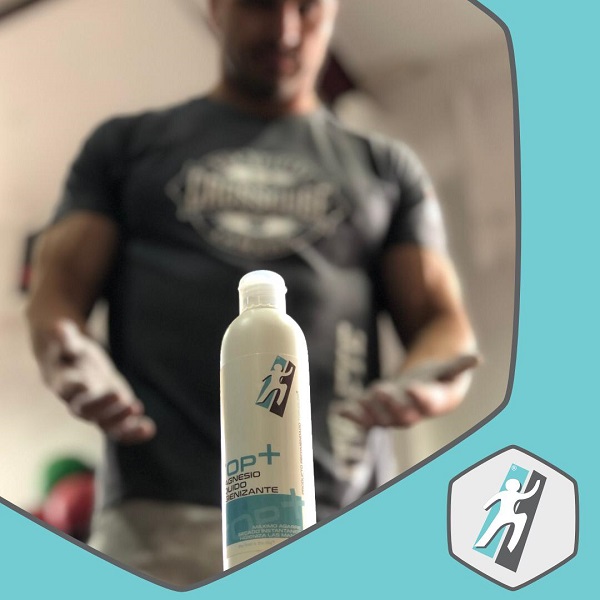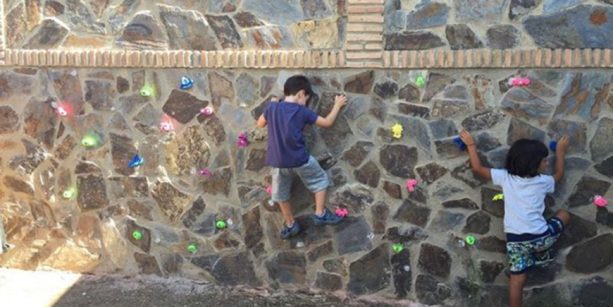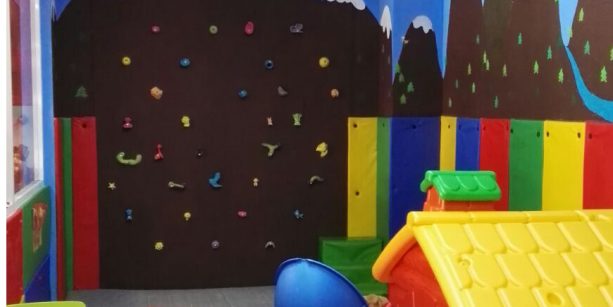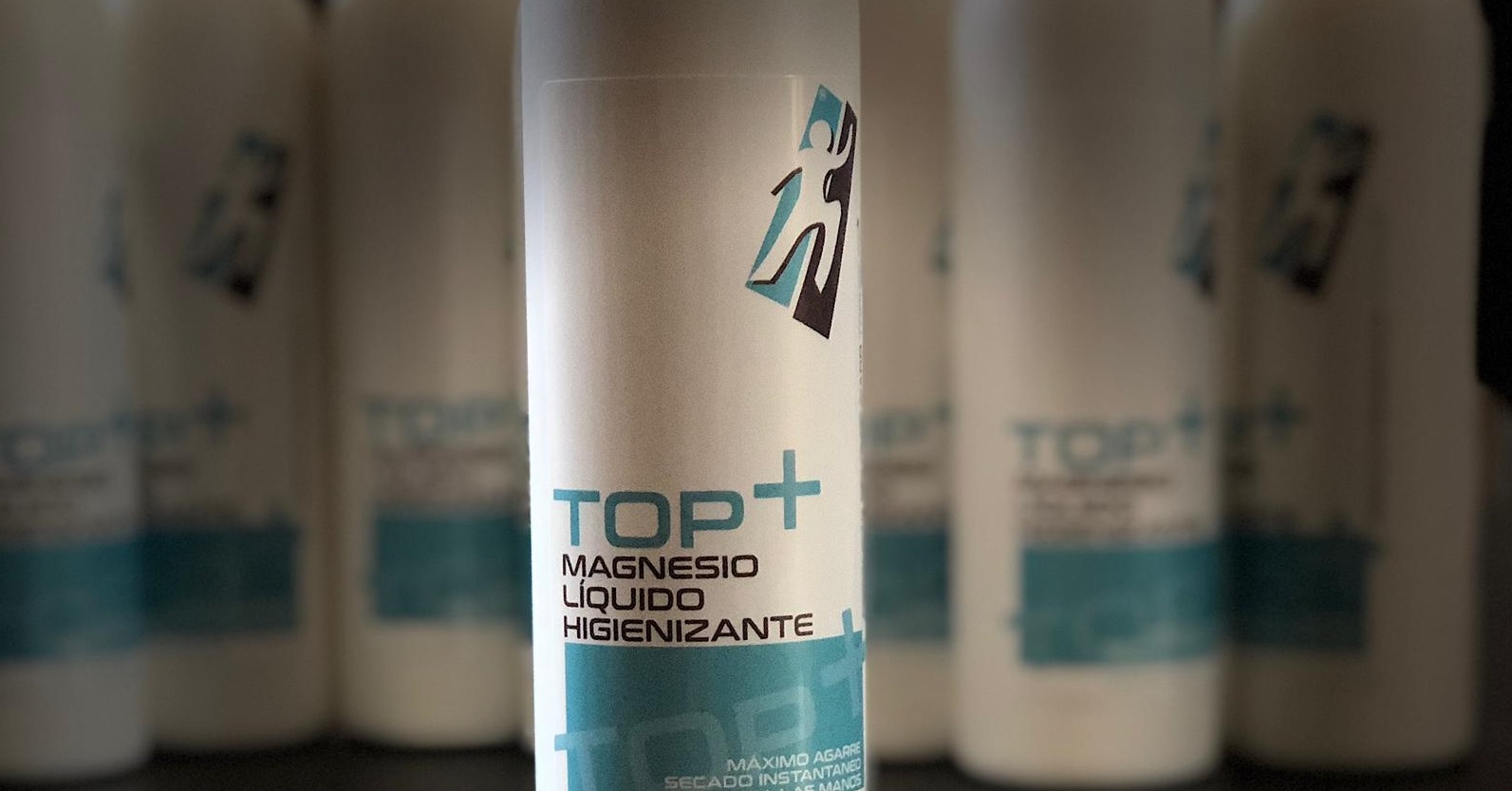
This post is about magnesium for OCR and climbing magnesium carbonate, magnesium carbonate, chalk, or whatever you want to call it. That is, the white powder used by crossfit freaks to give their all in the pull-ups.
If you are looking for information on magnesium (magnesium carbonate) used in sports such as OCR (obstacle course racing), climbing, artistic gymnastics, baseball and crossfit (among others), you are in the right place.
Before getting into the subject, let’s make it clear that nowadays, due to COVID issues, it is of utmost importance that the magnesium you are going to buy not only has good properties for grip, but is also sanitizing.
Although what interests us in this article is to emphasize the uses and benefits it has in sports, I will tell you some facts about this metal (yes, yes… METAL) that you may not know:
-Most of the magnesium produced in the world is used in the construction industry to create alloys with other metals.
-It is also used as part of the filling for pillows, is present in cosmetics and toothpaste and is one of the components of wetsuits.
-It is one of the most abundant elements on Earth.
-Taking magnesium also helps to improve performance in sports: it reduces folic acid and helps the circulation of sugar in the muscles.
-In the food industry, magnesium is used to maintain the natural color of food for longer and as an additive to table salt to make it more slippery.
As you have read, magnesium is even present in the soup. Now let’s get to what has brought us here.
How many types of magnesium are there?
For sports use we can find magnesium presented in different formats:
Liquid magnesium, magnesium powder and magnesium block.
Although the main component is the same in all three cases, you should choose the one that best suits the needs of your sport.
-Magnesium in block
Do you want to know what is magnesium in bulk? Well, it’s a magnesium block, as is.
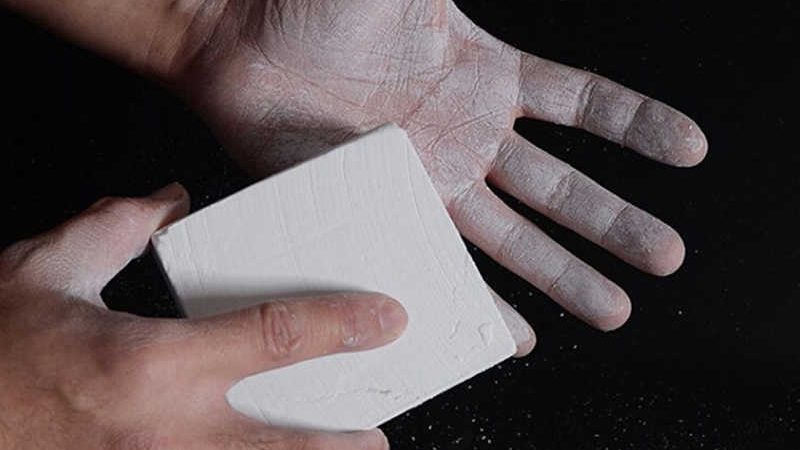
Some athletes often carry a block of magnesium the size of a bar of soap in their pocket, so that when they need to use it, they tear off the amount they need and crush it directly with their hands.
If your goal is to buy a good amount of magnesium and thus get it cheaper in the long run, this is the best option. Of course, you will have to grind the material yourself, apart from putting it in the container where you are going to take it. Whether your goal is to make a magnesium ball, make your own liquid magnesium or carry it in a magnesium bottle, you will be solely responsible for the end result. *I will explain later how to make liquid magnesium step by step.
-Magnesium powder
The version most used by climbers. It is also usually provided by gyms and crossfit boxes. Its use is the simplest and most effective of all, as you can cover the whole of your hands more easily.
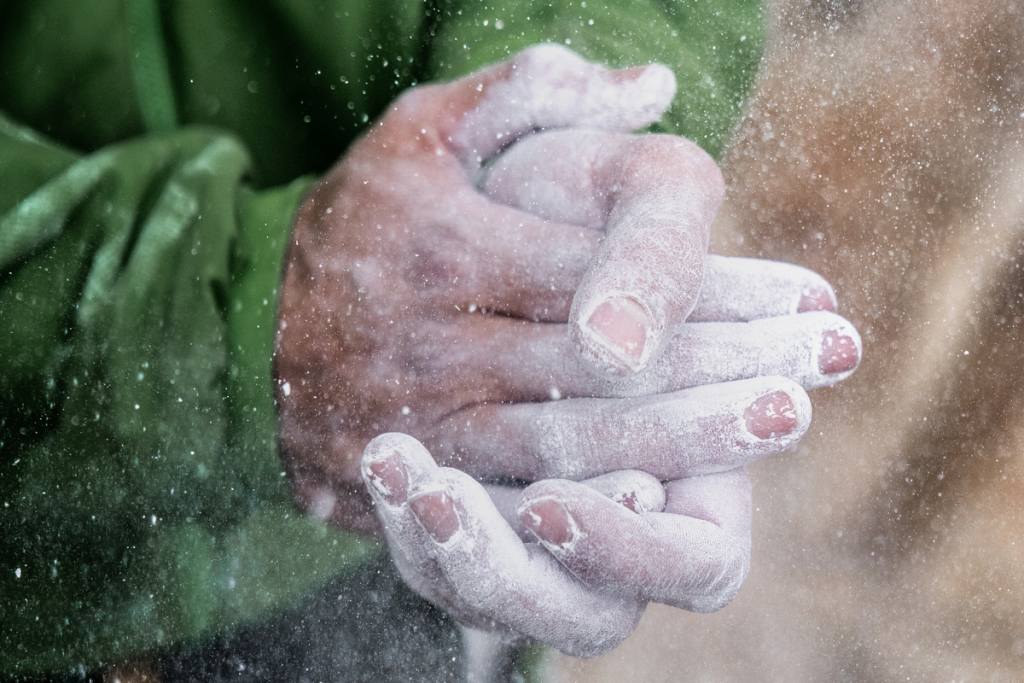
I recommend that if you use this type of magnesium for sports, you store it very carefully in a magnesium case or, if you use a magnesium ballIf you store it in a suitable container that does not open easily: it would not be the first time that someone spills magnesium for training and the gym bag ends up completely covered with this white powder.
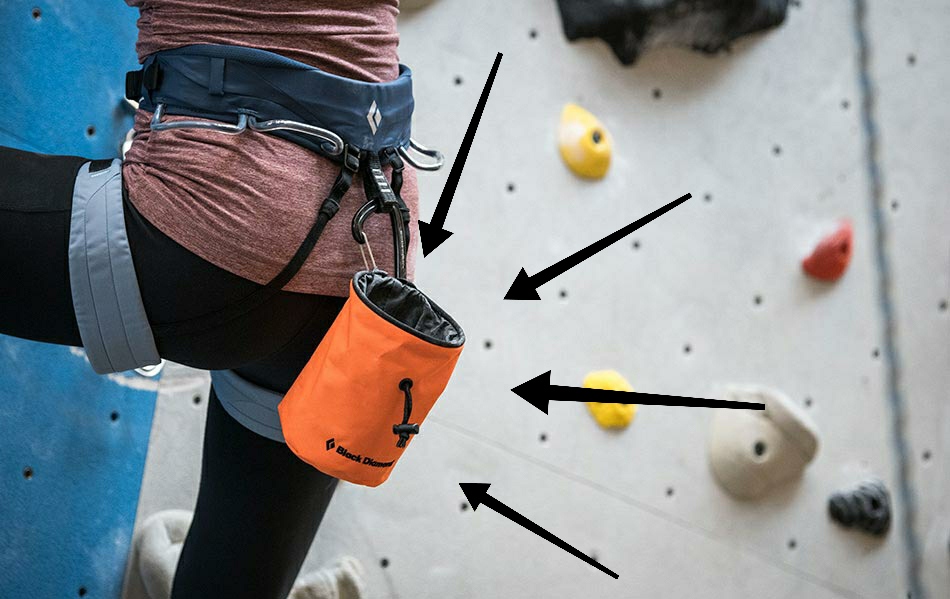
-Magnesium ball
You can buy a magnesium bag on countless websites or in almost any sporting goods store. It is nothing more than a bag into which magnesium powder is poured.
It is used to apply the magnesium by tapping the bag and soaking your hands as the material comes out through the cloth.
If your intention is to make a homemade magnesium ball, you can use a sock and stuff it into the shape of a ball; you will be able to apply the magnesium to your hands without getting your training place so muddy.
-Liquid magnesium
King. This is the most versatile type of magnesium and the easiest to use.
When training in the gym, in the box or on the pole (pole dance), it is the best for its duration and effectiveness. In addition…
NOENSURING!
Liquid magnesium is available in different formats on the market: you can find it in plastic containers similar to those of hair gel; or in jars, just like sun creams, among many other ideal formats for each situation.
These are some of its benefits:
-Since liquid magnesium is not applied to the hands and does not make the floor muddy (as is the case with magnesium powder), its use is permitted in most gyms.
-If you use liquid magnesium, it improves your grip for longer as it adheres to your skin in an amazing way and you may only need one application to complete the entire workout.
How to make homemade liquid magnesium?
To make liquid magnesium at home you will need
-Magnesium powder (50-100 gr.)
-Ethyl alcohol (15-20 ml)
-A refill bottle of any size (with sprayer)
These are indicative amounts. The important thing is to pour the magnesium powder into the bottle; fill it halfway and then add the alcohol little by little. Stir the mixture until you see that it has completely dissolved. What will be left will be a white liquid ready to use.
How to apply liquid magnesium?
Simply uncap the container and pour a thumb-sized amount on the desired body part. What will come out will be a more or less thick white paste: it is the magnesium powder diluted in alcohol.
When you have put it on the place you want to cover, you should rub it in circles against the skin to spread it over the entire surface.
In which sports is magnesium used?
There are several sports disciplines in which we can use magnesium due to the benefits it provides. If you want to improve your athletic performance; whether climbing, doing pull-ups or lifting weights, magnesium is an indispensable aid. Below is a list of sports in which you can use magnesium to enhance your physical performance:
-OCR (obstacle courses)
The liquid magnesium stays in your hands and minimizes airborne dust particles, making it very versatile for any environment and especially in OCR. Due to its concentrated formula, only a small amount is needed to guarantee a perfect grip for many training sessions.
-Climbing
It is well known by all that climbing and magnesium are inseparable (although there are those who prefer not to use it) and someone who wants to climb, both on rock and in climbing walls, should use it to improve adherence to the rock. But it should be applied with certain precautions:
-If the wall you are going to climb is not wet, it is not necessary to use a large quantity: this can damage the grip.
-If you use liquid magnesium to maintain cleanliness in the climbing wall or as an alternative to powdered magnesium when rock climbing; regulate its use to a minimum since it is dissolved in alcohol and can dry the skin too much and end up causing wounds.
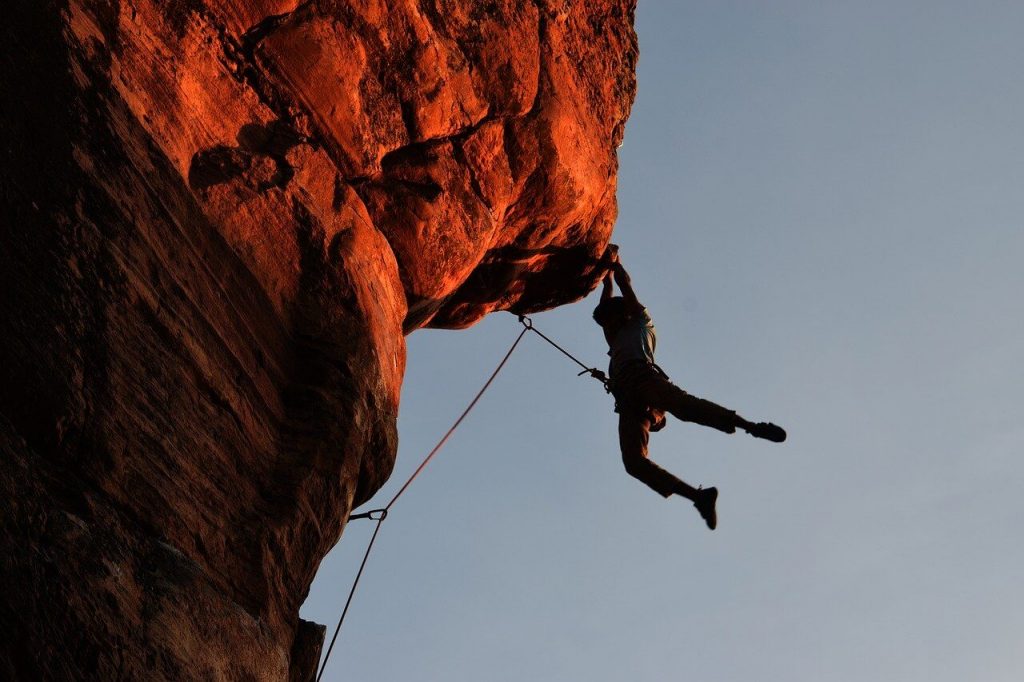
-If you are just starting out in the world of climbing, I recommend that you use magnesium powder in a magnesium bottle: this will improve your performance as you will be able to apply it to your hands quickly and continue climbing at full speed without losing your concentration.
-Crossfit
The Crossfit Crazies. Sometimes we call people who go beyond their limits crazy because it seems unthinkable to us to do what they do. Crossfit is a very committed sport in which you are going to give one hundred percent of your abilities one hundred percent of the time.
Some crossfitters prefer to dispense with magnesium and use gloves or it is forbidden to use magnesium powder in certain boxes, as it stains too much and many people are not aware enough to use it correctly.
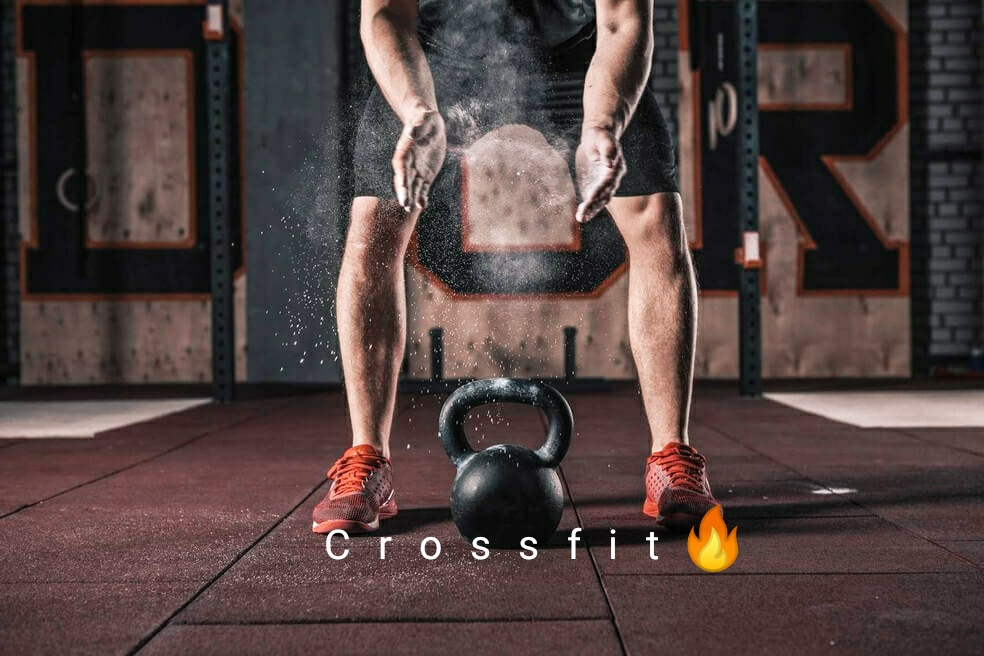
But if you want to improve your grip on pull-ups or improve your deadlift times, you will need to use magnesium. And when the use of powdered magnesium is not allowed in the box, liquid magnesium must be used.
-Calisthenics
Magnesium is often used extensively in calisthenics parks. Both liquid and powder, they use it to improve grip and some think it helps to take care of the hands and prevent blisters, although this depends on each person (it is more a matter of faith); I prefer to use gloves to prevent blisters.
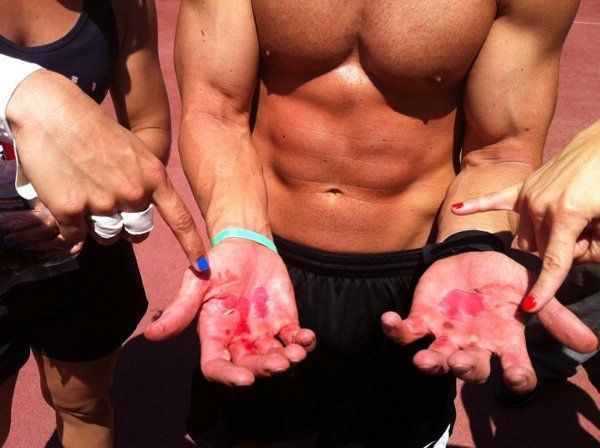
-Artistic gymnastics
People who practice gymnastics are very strong, there is no argument about that. However, no matter how strong an athlete is… Sweat is unforgiving and a slip can be deadly.
That’s what gymnasts use magnesium for: it gives them a stronger grip and prevents slipping. The most commonly used in this discipline is magnesium powder because it has the advantage of being cheaper and the gymnasts need to cover a lot of surface (both their own skin and the apparatus).
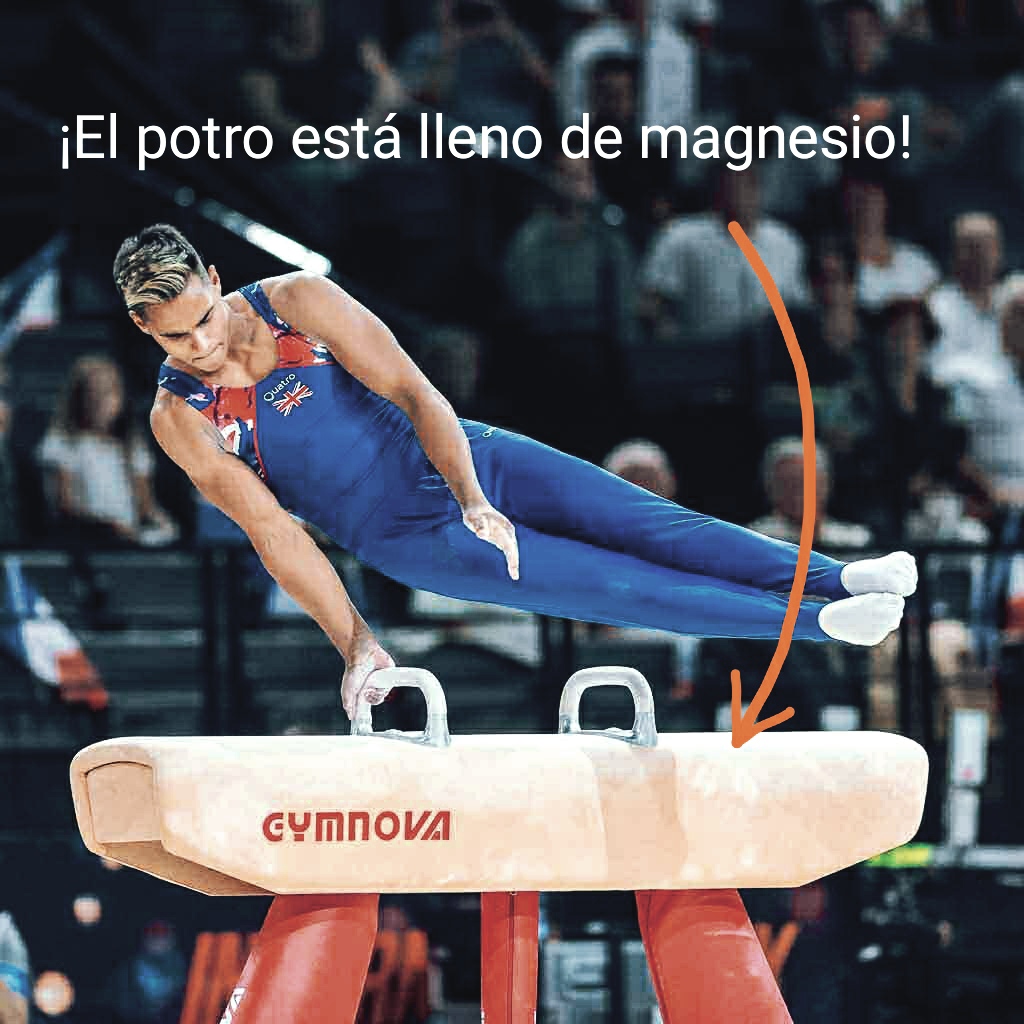
-Bodybuilding
As in rhythmic gymnastics, magnesium powder is widely used in bodybuilding (weightlifting). Since athletes must lift heavy weights, they cover the parts of their body that are in contact with the bars to prevent the bars from slipping (in a squat, for example) and to secure the grip (such as in a bench press).
As I said, magnesium powder is the most used by professionals in this sport; even so, if you just started and you find it more comfortable, you can use liquid magnesium without any problem: the grip will be the same but you will not stain and you will achieve last longer on your skin.
-Pole dance
There are plenty of products for pole dancers. There are many products available on the Internet to prevent slipping, dry the skin and improve adhesion. In this sport it is essential to be in constant contact with the bar and it is necessary to achieve a good grip: this is possible by using magnesium or other products.
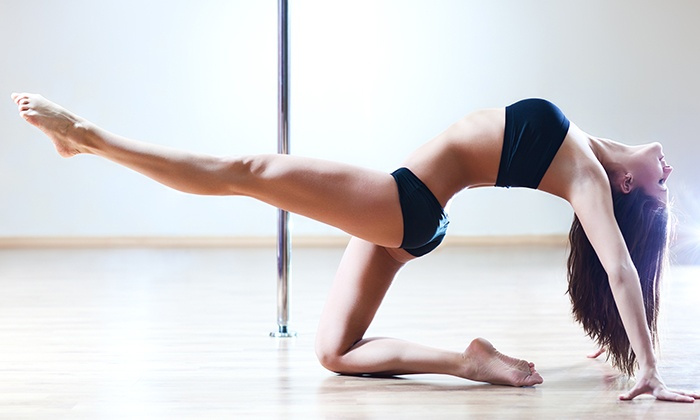
Although liquid magnesium is not recommended for this sport, powdered magnesium is usually applied to the parts of the body that will be in contact with the bar (in competitions, magnesium is not applied directly to the bar).
-Baseball
Magnesium is essential for a pitcher. Their job is to throw the ball at high speeds and with great accuracy, and magnesium helps make this possible.
Pitchers always have a bag of magnesium on hand and make use of it before some pitches.
The operation of this magnesium bag is the same as that of a magnesium ball; that is, the bag is filled with this material and when they want to impregnate their hand before throwing, they take the bag and pat it in the air; in this way they fill their hand with the right amount of magnesium and can throw the ball with more strength and precision.
Magnesium damages my skin: How to use magnesium correctly?
To ensure that the use of magnesium does not have a negative impact on your skin, you should use just the right amount as it can dry out your hands too much and end up irritating the skin. When you finish any activity where you have used magnesium; wash your hands thoroughly to remove any remaining product that has soaked in.
I recommend that you apply a moisturizer once your hands are clean. And even if you don’t use magnesium every day, you should apply the cream daily to keep your hands in goodhealth.

